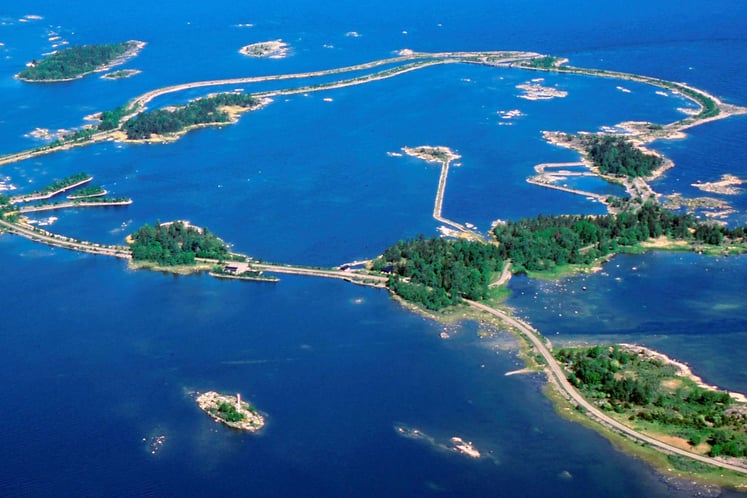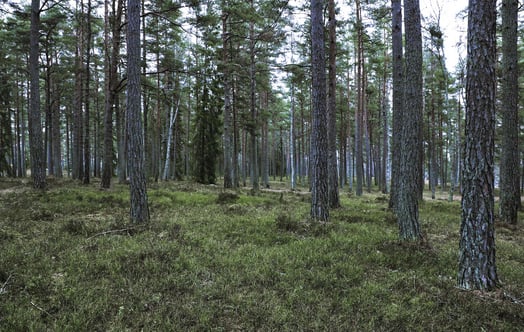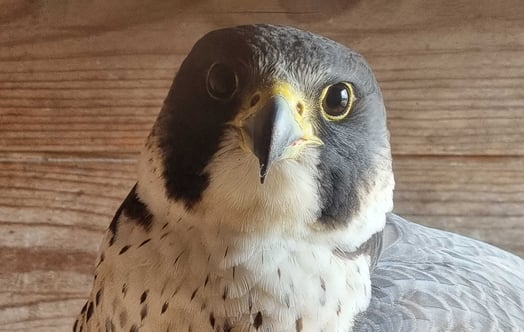Vattenfall Umweltstiftung
The Vattenfall Umweltstiftung, an independent German environmental foundation managed by Vattenfall, has supported over 220 environmental projects since 1994.
Short facts
- Germany
- Various species
- Support local biodiversity project and education
- 1994–ongoing
This non-profit organization offers grants to schools, associations, nature protection groups, and other NGOs for projects often with a strong emphasis on biodiversity.
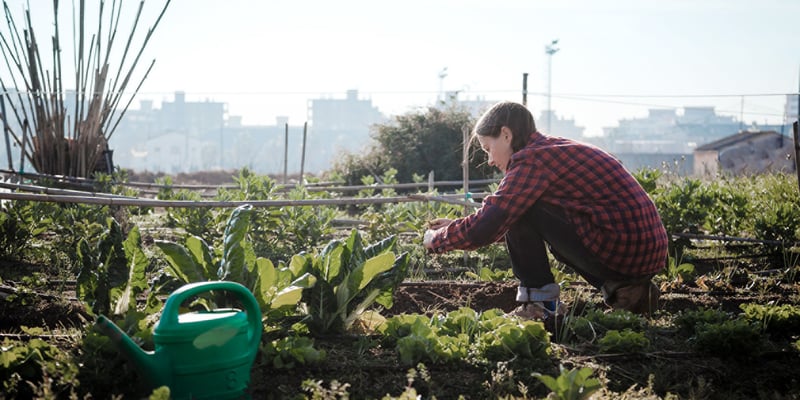
The foundation received the “Protection of Species Award 2021” from the initiative “Artenschutz in Franken®” for its efforts in protecting endangered species like wild bees and bats. The following are examples of projects supported by the foundation:
Re-settlement of endemic species: A project where kindergarten and school children have been involved in re-settling brown trout, minnows, and fire salamanders in streams around Wernigerode.
Creating urban gardens: A project in collaboration with a Hamburg association that helps young people in social work programs.
Forest development: A project aiming to create a mixed forest with near-natural structures and endemic tree species. This aims to make the forest more resilient to climate change and promote woodland ecosystems.
More about biodiversity
Biodiversity and nature protection are a priority at Vattenfall. It is one of the focus areas in our environmental policy and therefore also a central part in our environmental work.
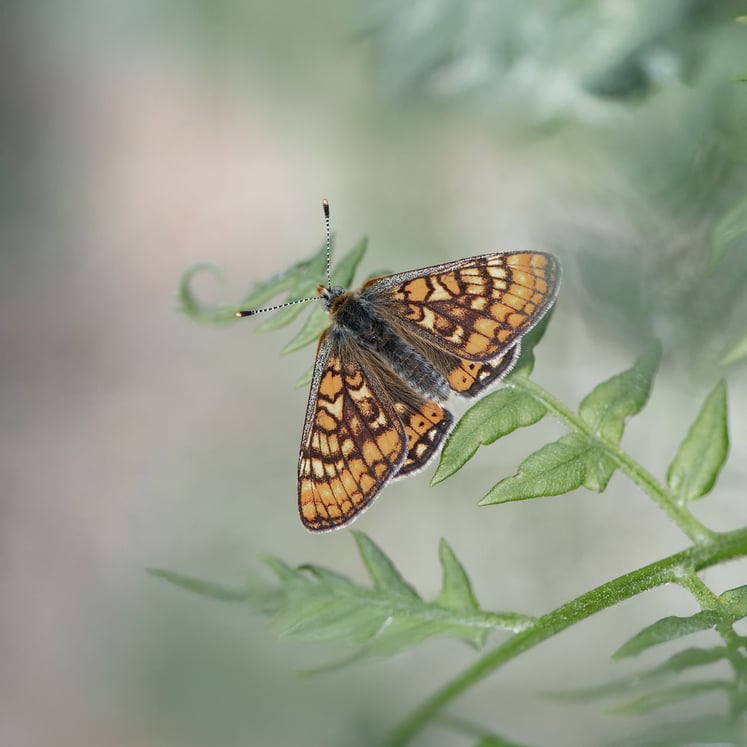
How we make a difference for nature
Biodiversity is an important and integrated part of our work. Here, we show concrete examples of how we care for nature through our projects.
